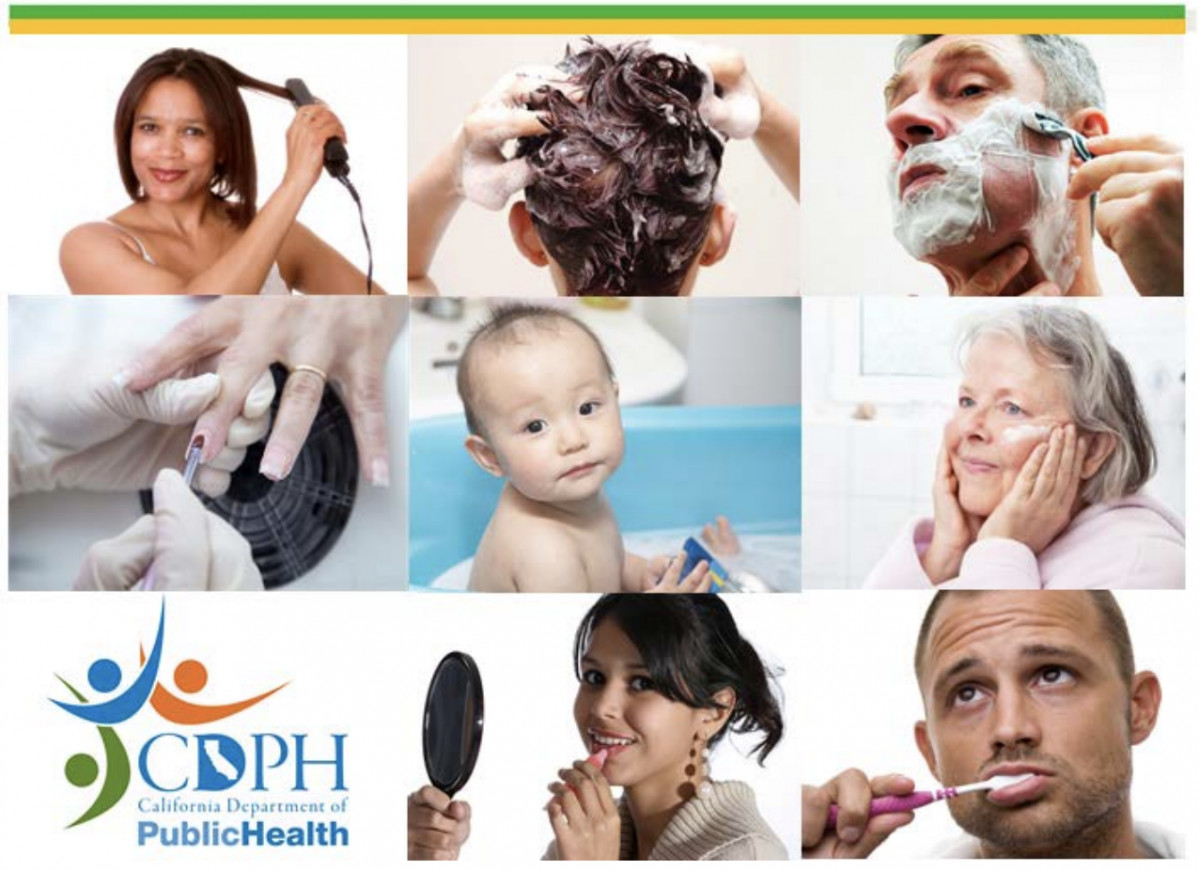Cosmetics Containing Ingredients Linked to Cancer or Reproductive Harm

Introduction : Background
We use the term “cosmetics” in this report to denote a wide variety of personal care products used by people of all genders and ages. Cosmetics by legal definition are any product sold or marketed with the intent that they be applied to any part of the human body for cleansing, beautifying, promoting attractiveness, or otherwise altering the appearance of a person (see expanded definition below). Some cosmetic products contain chemicals known or suspected to cause cancer, birth defects, or other developmental or reproductive harm.4 Those who work with cosmetics, e.g., barbers, hair stylists, and skin care, body care and nail salon workers, may be more vulnerable to the adverse health effects posed by these products because they handle greater quantities of cosmetics with greater frequency. Pregnant women, fetuses, and children are more vulnerable to developmental toxicants than the general population.
There is currently no mandatory safety testing of cosmetic products sold in the U.S. The U.S. Food and Drug Administration (FDA) does not have the legal authority to approve cosmetics before they go on the market. Companies that manufacture or market cosmetics have the responsibility to ensure the safety of their products, but no law or FDA regulation requires specific tests to demonstrate the safety of individual products or ingredients.5 Cosmetic products may contain ingredients with very limited safety testing or, for example, no data on reproductive effects from prenatal exposure. In addition, full ingredient disclosure is not required in the cases of fragrances and flavors, and products for professional use are not required to have any ingredients listed on the label. Therefore, a user cannot make fully informed decisions or be sure of which ingredient to avoid if they have an adverse reaction to a product.
Following the signing of the California Safe Cosmetics Act in 2005, the CSCP was established within the Occupational Health Branch of the Division of Environmental and Occupational Disease Control in CDPH. The Program is funded by the state General Fund and employs two full-time staff.
The Act requires manufacturers, packers, and/or distributors, with aggregate sales of greater than $1 million and whose products are sold in California, to disclose to the State (CSCP) all intentionally added chemical ingredients in their products that are known or suspected to cause cancer or reproductive and or developmental toxicity, regardless of the concentration of the chemical. The California Safe Cosmetics Act is based on the principle of “Right to Know.” That is, the bill’s author and supporters believed that consumers have the right to know about the ingredients in personal care products that have the potential to cause or contribute to serious health effects such as cancer or reproductive harm. The intent of this type of product information disclosure is that improved access to information will allow consumers to make informed choices based on their own values and preferences. This is particularly important for ingredients not required to be on the label, such as fragrances, flavors, and colors. In addition, enhanced consumer awareness may drive the reformulation of some products toward safer alternatives. The Safe Cosmetics Act was also intended to authorize and encourage CDPH to conduct investigations and health studies related to cosmetics and report concerns to regulatory agencies.
CSCP receives from manufacturers, distributers, and packers of cosmetic products sold in California required information on hazardous and potentially hazardous ingredients added to their products and makes it available to the public. To facilitate this, CSCP launched a unique electronic reporting system in 2009, which industry representatives helped to design. CSCP launched a database the public can use to search for reported cosmetic products and ingredients in 2014. The same data is also available to download from the California Health and Human Services Open Data Portal.6 This is the first data report from CSCP. It summarizes the attributes of the reporting system and the data that have been reported since the inception of the program through December 17, 2015. The purpose of this report is to share the information that has been collected under the California Safe Cosmetics Act. The report is publicly available for cosmetics companies, organizations or agencies working on chemicals and cosmetics issues, and other interested groups or individuals.
Read the full document : https://www.fulmina.org/wp-content/uploads/2021/08/CA-Safe-Cosmetics-Program-Report.pdf
Powered by Froala Editor
